6 Ps Compartment Syndrome
6 ps compartment syndrome. Chronic compartment syndrome symptoms. Compartment syndrome is a condition that occurs when injury causes generalized painful swelling and increased pressure within a compartment to the point that blood cannot supply the muscles and nerves with oxygen and nutrients. Left untreated compartment syndrome can result in tissue death and loss of the affected limb.
Pain pallor paresthesia paresis poikilothermia and pulselessness. Compartment syndrome can limit the flow of blood oxygen and nutrients to muscles and nerves. A muscle bulge big enough to see.
Most neurovascular problems will appear in patients who have suffered a crush injury or when a cast or splint has been used to stabilise a fracture. Compartment pressures Stryker Test is positive if pressures are above 30mmHg or within 30mm of diastolic blood pressure. 6 ps of compartment syndrome Lower leg compartment syndrome Download Here Free HealthCareMagic App to Ask a Doctor.
It can cause serious damage and possible death. All compartments must be measured. The earliest indicator of developing ACS is severe pain.
It tests blood flow to the extremity distal to the injury and nerve function. The six Ps include. Acute compartment syndrome is classically described clinically with the 6 Ps.
The pressure is painful and can be dangerous. These are the five warning signs of acute compartment syndrome ACS a medical emergency. Most people know the 6 Ps as signs and symptoms of compartment syndrome pain pallor pulselessness paraesthesia paralysis and perishingly cold but the latter five are all very late signs by the time they develop the limb is probably unsalvageable.
Compartments of the leg or arm are most commonly involved. The Five Ps of Acute Compartment Syndrome.
A compartment is a group of muscles nerves and blood vessels in the arm or leg.
There are two main types. Increase pain with passive stretch is the most sensitive clinical exam finding for compartment syndrome. Compartment pressures Stryker Test is positive if pressures are above 30mmHg or within 30mm of diastolic blood pressure. It tests blood flow to the extremity distal to the injury and nerve function. These are the five warning signs of acute compartment syndrome ACS a medical emergency. Compartment syndrome can be identified by considering the traditional 6 Ps pain paraesthesia paralysis pallor pulselessness and poikilothermia cold. It can cause serious damage and possible death. This can occur in any enclosed space of the body but most often occurs in the anterior compartment of the lower leg or the forearm. The 6 Ps and the real 6 Ps.
The real six Ps are. Difficulty moving your foot. Acute compartment syndrome is classically described clinically with the 6 Ps. Compartment syndrome is a condition in which increased pressure within one of the bodys anatomical compartments results in insufficient blood supply to tissue within that space. 1 Pain 2 Poikilothermia 3 Paresthesia 4 Paralysis 5 Pulselessness and 6 Pallor. Clinical manifestations The 6 Ps pain paresthesia poikilothermia pallor pulselessness and paralysis are often described as the. Compartment syndrome occurs when pressure inside a limb or other compartment of the body rises to the point that it impedes blood flow.

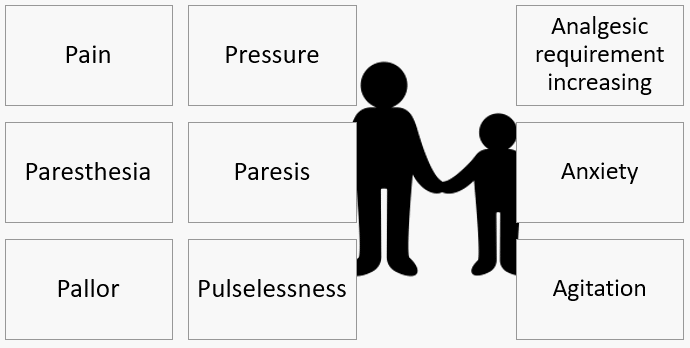






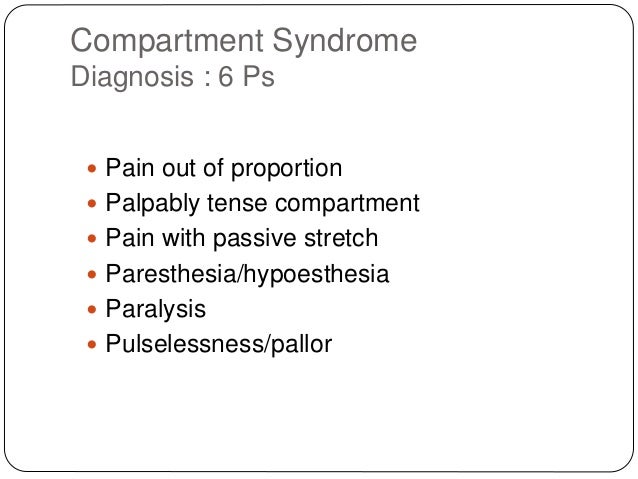

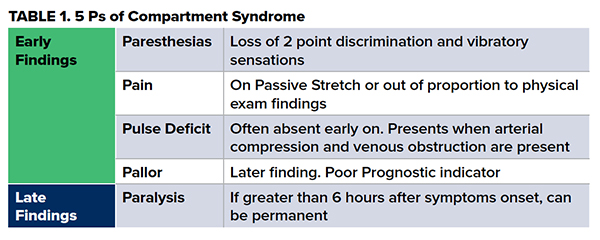

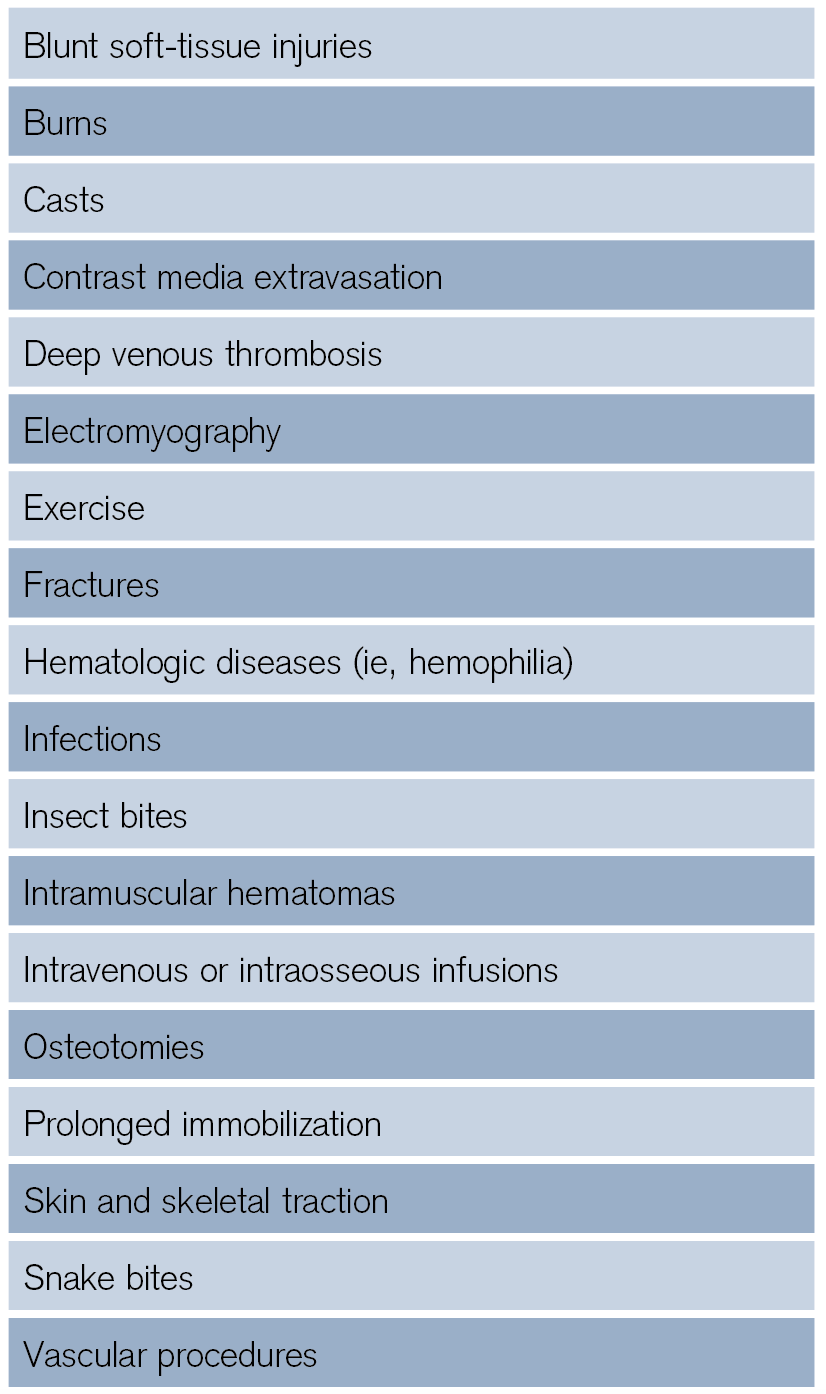



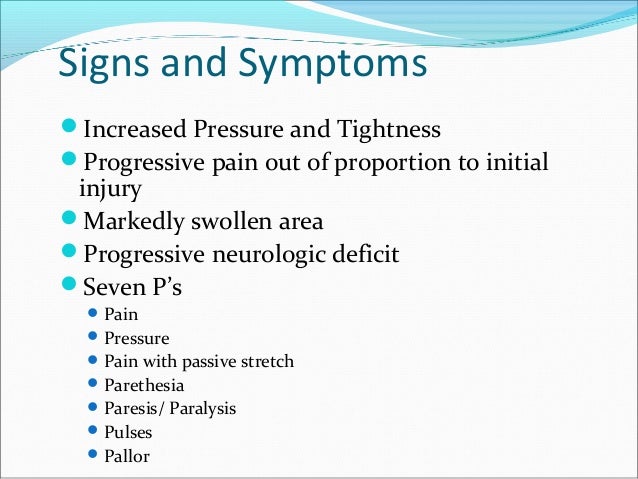


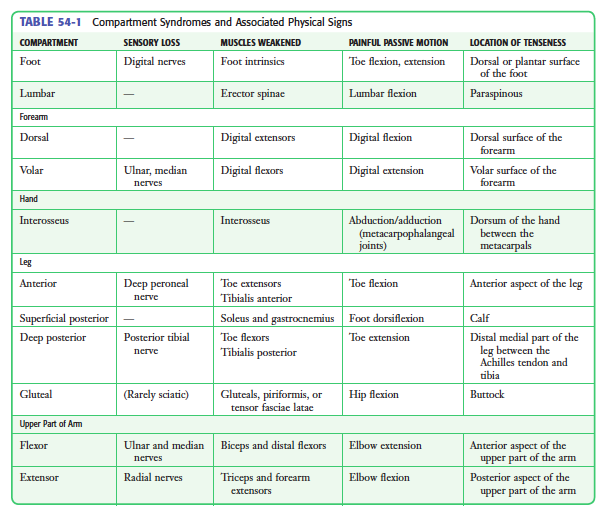
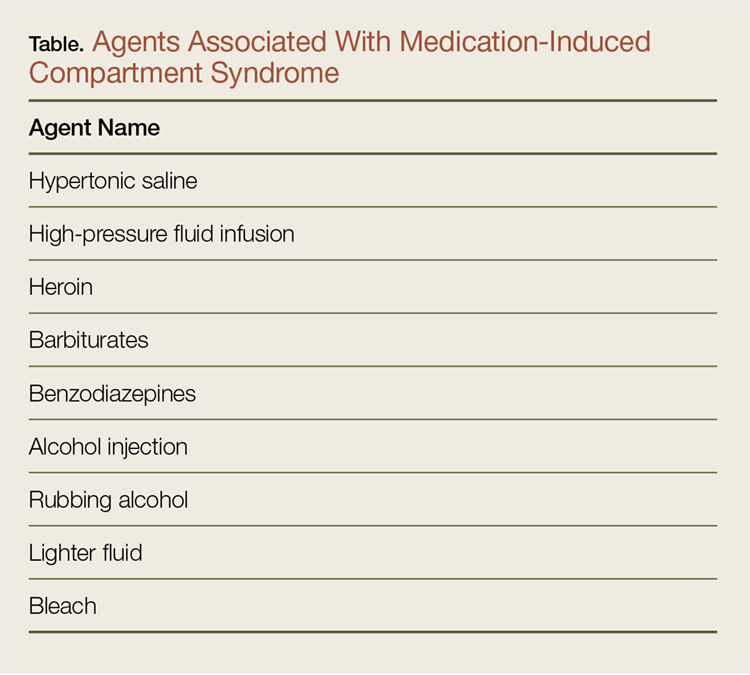
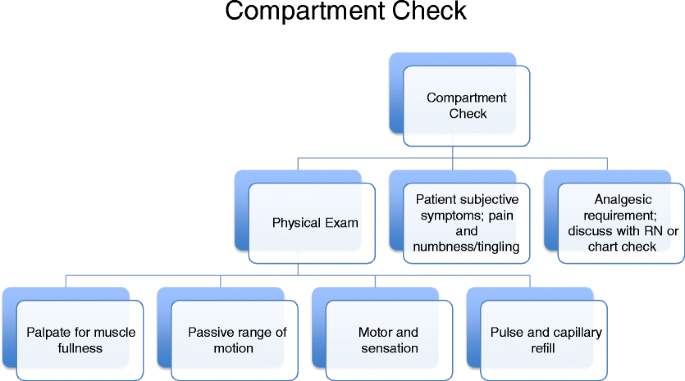


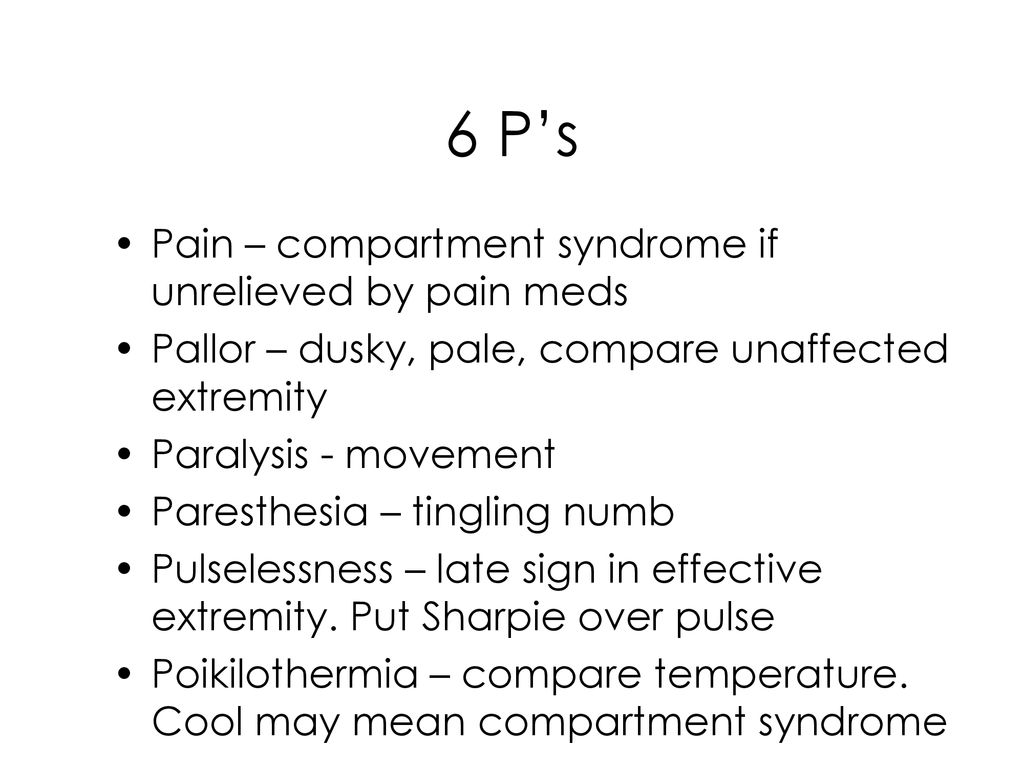







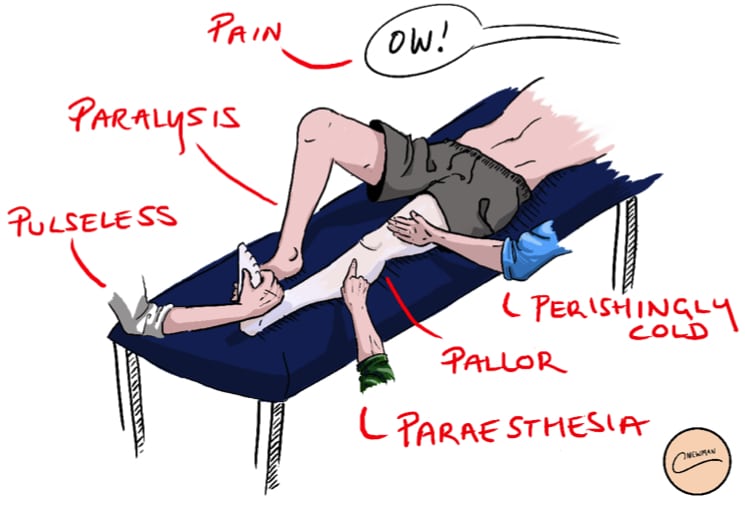
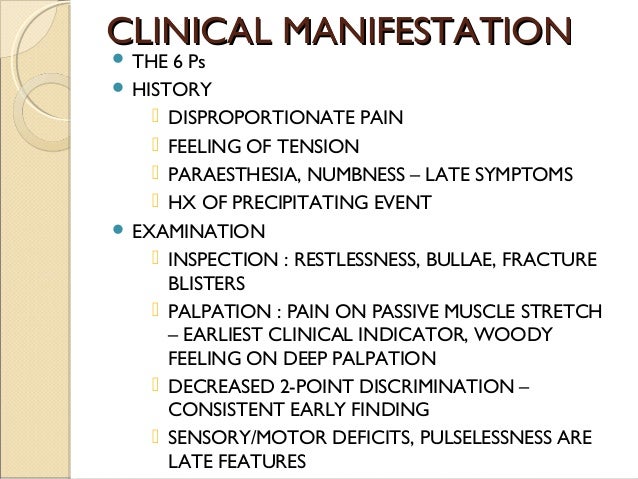



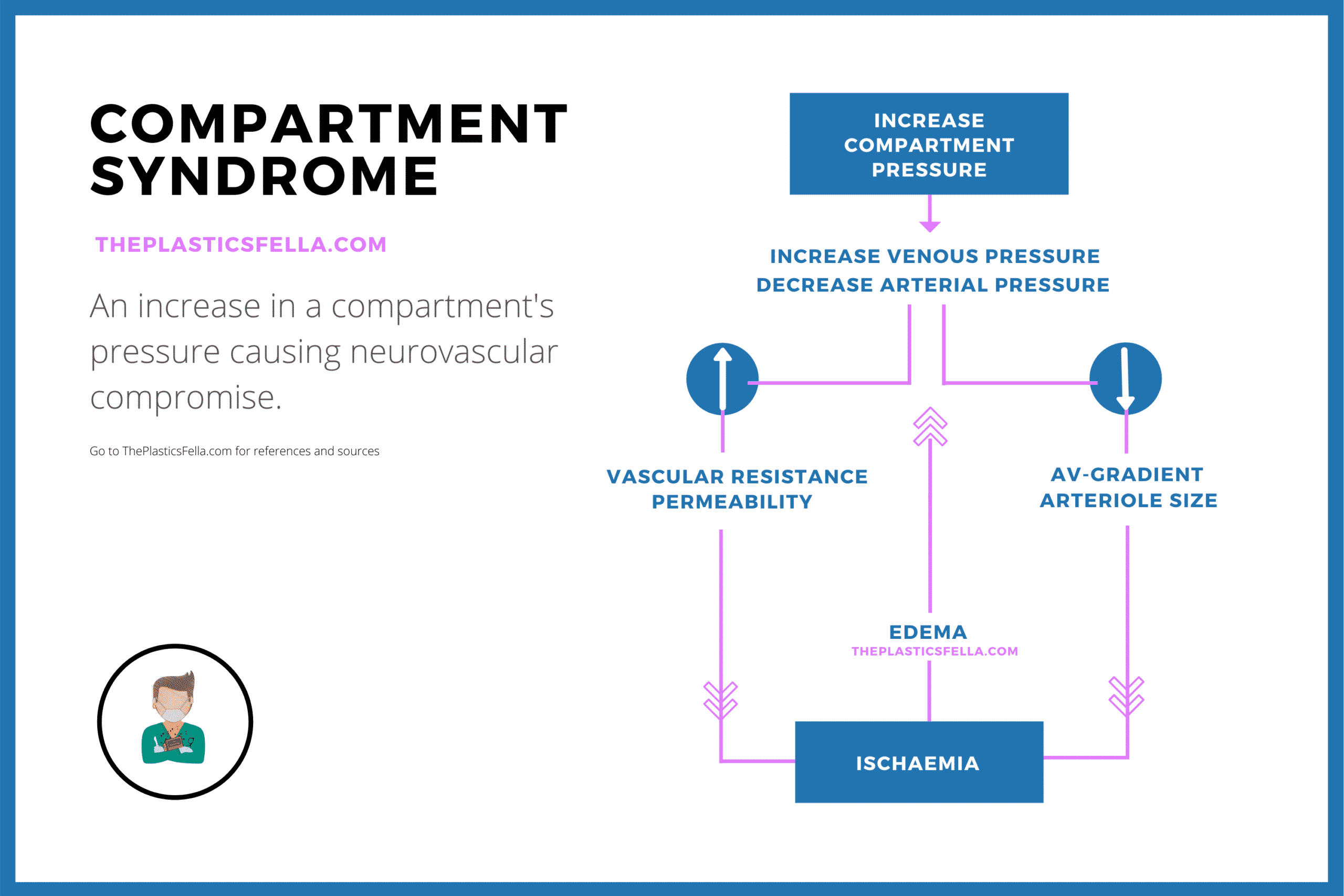
Post a Comment for "6 Ps Compartment Syndrome"